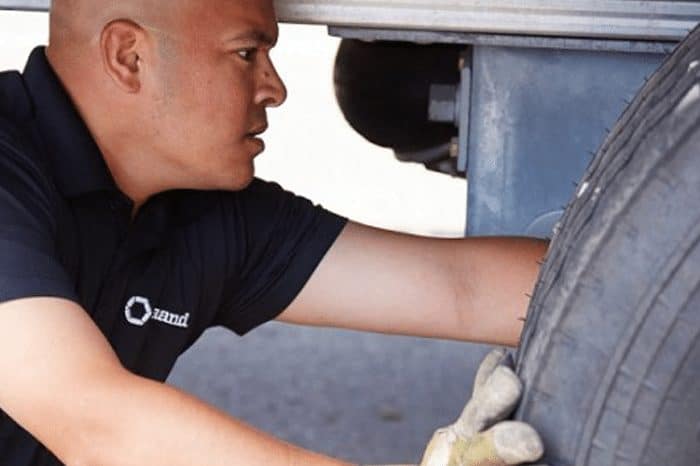Private truck fleet operators face real challenges when assessing their Total Cost of Ownership

The challenge for many private fleet operators when assessing the financial viability of their fleet is determining their Total Cost of Ownership (TCO). The TCO is determined by calculating both the direct and indirect costs associated with a private fleet, but that’s not always easy—or straightforward.
A 2013 study by Ernst & Young revealed that the majority of companies do not fully understand their fleet’s TCO, and have systematic biases when evaluating fleet options. According to the study, “…trucking fleet managers have historically not considered detailed total cost of ownership benchmarks to measure fleet management and cost effectiveness and efficiency.”
Calculating and understanding direct costs of fleet ownership is relatively straightforward. Lease payments, tires, maintenance, insurance, fuel, and driver wages can be easily quantified. Indirect costs, on the other hand, are a lot more difficult to assess and quantify. Accounting systems often “bury” the soft costs associated with private fleet management, and do not provide the visibility needed to effectively manage the total costs associated with a private fleet. Here are just a few of the hidden costs that need to be considered:
Fleet and driver management: includes the time and attention required from several departments including human resources, safety & compliance, procurement, and senior management to manage drivers and equipment.
Surge capability and rightsizing: includes equipment under-utilization costs (ie. too much equipment on hand), rental equipment (when there is too little equipment on hand), driver shortages, and resources required to meet the company’s seasonal needs and shipping peaks and valleys.
Financial risk: includes the costs associated with accidents. According to the U.S. Federal Motor Carrier Safety Administration (FMCSA), the costs of a medium or heavy truck crash per non-fatal injury averaged $195,258 while the average cost of a fatal crash was $3,604,518.
Capital opportunity cost: this considers the return on capital that is invested in trucks, rather than company growth opportunities. Management must carefully assess whether their private fleet provides sufficient return on capital to warrant the investment in trucks versus other capital investments
With all of the challenges associated with understanding and quantifying the hidden costs of operating a private fleet, why is assessing a company’s TCO so vital?
Having a full understanding of a company’s TCO will give senior management the insight they need to thoroughly evaluate their private fleet. With both the hard and soft costs calculated, the private fleet owner will be in a better position to budget, plan, and determine whether or not owning a private fleet makes strategic sense for their company. And, transparency across the organization coupled with hard data could reveal opportunities for increased efficiencies and savings.
Sound overwhelming? It doesn’t have to be. Canada Cartage has developed a Private Fleet Total Cost of Ownership Calculator™. This objective resource tool will help you identify both the hard and soft costs of fleet management, and provide you with a benchmarking tool to help you assess your fleet. The TCO Calculator™ gives senior management a 360° perspective on the true cost of running their private fleet.
Interested in better understanding your TCO? Contact us at info@canadacartage.com for your free, no-obligation assessment or visit www.canadacartage.com/evaluationguide to learn more about the pros and cons of insourced versus outsourced truck fleet management.




